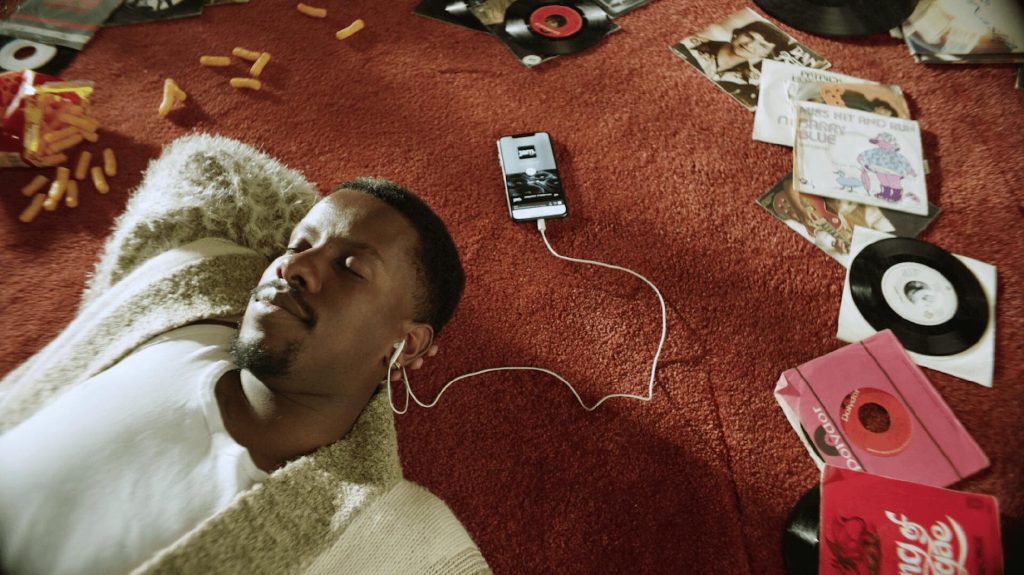The advent of MP3 downloads marked a transformative era in music sharing, profoundly reshaping how people access and consume music. In the late 1990s, the MP3 format emerged as a groundbreaking innovation in digital audio compression, enabling users to compress music files into a much smaller size without significant loss of quality. This breakthrough revolutionized the music industry and the way music was shared and distributed. Prior to MP3s, music sharing was largely confined to physical media such as vinyl records, cassette tapes, and CDs, which required users to purchase entire albums or singles at a time. These formats were not only bulky but also constrained by their physical nature, making it challenging to share and store large quantities of music. The introduction of MP3 technology, combined with the rise of digital file-sharing platforms, drastically altered this landscape. With MP3s, users could easily download individual tracks or entire albums in a matter of minutes, often for free or at a fraction of the cost of physical media. This newfound convenience and affordability democratized access to music, allowing a broader audience to explore and enjoy a diverse array of genres and artists that might have been previously inaccessible.
 Peer-to-peer P2P networks like Napster, LimeWire, and Kazaa played a pivotal role in this revolution, enabling users to share their mp3 juice collections with others around the world. This shift not only empowered music enthusiasts to discover new artists and tracks but also facilitated a culture of musical exploration and experimentation that was previously constrained by the limitations of physical media. However, the rapid growth of MP3 downloads also sparked significant challenges and controversies, particularly concerning copyright infringement and the financial impact on artists and the music industry. The ease of copying and distributing MP3 files led to widespread illegal downloading and file-sharing, undermining traditional revenue models for musicians and record labels.
Peer-to-peer P2P networks like Napster, LimeWire, and Kazaa played a pivotal role in this revolution, enabling users to share their mp3 juice collections with others around the world. This shift not only empowered music enthusiasts to discover new artists and tracks but also facilitated a culture of musical exploration and experimentation that was previously constrained by the limitations of physical media. However, the rapid growth of MP3 downloads also sparked significant challenges and controversies, particularly concerning copyright infringement and the financial impact on artists and the music industry. The ease of copying and distributing MP3 files led to widespread illegal downloading and file-sharing, undermining traditional revenue models for musicians and record labels.
In response, the industry began to adapt by exploring new digital distribution models and technologies, such as streaming services and digital rights management DRM systems. Streaming platforms like Spotify, Apple Music, and Amazon Music have since emerged as the dominant means of music consumption, building on the foundation laid by MP3 technology while addressing some of the challenges associated with file-sharing. In summary, MP3 downloads played a pivotal role in revolutionizing music sharing by making music more accessible and affordable than ever before. This technological advancement not only transformed how people discover and enjoy music but also prompted significant changes in the music industry’s approach to distribution and copyright. Despite the challenges and controversies that accompanied this shift, the legacy of MP3 technology continues to influence the way we engage with music in the digital age.
